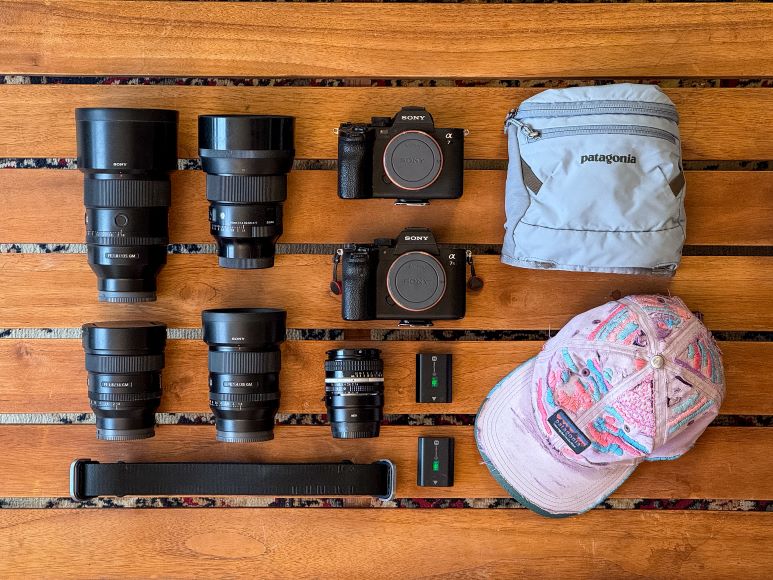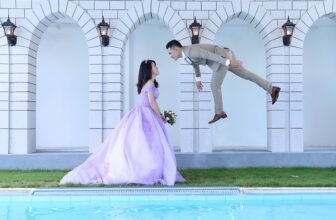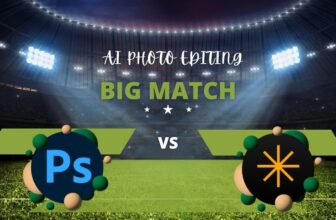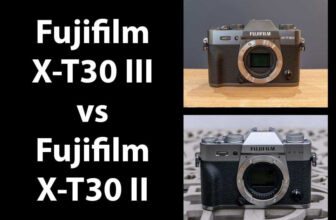
My name is Piper, and I am a twenty-three-year-old photographer from Australia, now based in Europe. I shoot predominantly sports mountain biking.
My photography journey began as a thirteen-year-old, and I mowed lawns for months to save up half the cost of a Canon EOS 600D to split with my mum.
That was the inception of a hobby that ebbed and flowed and eventually blossomed into a job.
My love for photography was rekindled in 2021 by purchasing a Fujifilm X-T30. Though I had by no means grown out of that first camera, it had become dated and didn’t represent my newfound direction.
As the international-mountain-bike-racing chapter of my life was coming to a close at the end of 2021, a misadventure saw my Fujifilm X-T30 launched into a rocky ravine. With this loss came my first real investment into a camera, and after much deliberation and many YouTube videos, I chose the Sony ecosystem.
This massive investment brought with it a commitment to pursuing photography.
I bought a Sony Alpha A7R Mark III, Sony FE 70-200mm f/4 G, Sony 24-70mm f/4 Zeiss, and a Sony 16-35mm f/4 Zeiss. Not long after I bought a Sigma 85mm f/1.4 DG DN.
In the summer of 2022, I worked for four months as a laborer, and with the savings, I headed back to Europe for the mountain biking scene. I traveled hand to mouth, living outdoors at the event venues with a sleeping bag, a sleeping mat, and a camera bag that I held very close.
Friends often provided lifts between races or a place to sleep where convenient, but most often, I slept at the venue to be able to shoot everything.
Friends and friends of friends paid me to take their photographs, and between races, I often spent weeks in Lviv, Ukraine. It was a cheap place then, with a bed in a shared dormitory that cost just five Australian dollars per night.
This is where I worked on a body of work shot entirely on 35mm film. I managed to break even financially on my four-month trip, a testament to my photography business skills and the penny-pinching tenacity of my travels.
I was subsequently named Australian Mountain Bike Magazine Photographer of the Year for 2022 and had an exhibition of my images from Ukraine at the Castlemaine Art Museum.
I have bought and sold equipment over the years, and my current working line-up is as follows:
Sony Alpha A7R Mark IV – is my dedicated A camera, and with this 61MP sensor, my need for zoom lenses has abated. I don’t think I could ever eliminate the ability to crop with such outstanding resolution.
Although some would regard this camera as slow, with only ten frames per second in compressed RAW, I rarely go above eight frames per second. It was a carryover from my time shooting on the Sigma 85mm, where autofocus couldn’t quite keep up with my standard shooting rate above five frames per second.
My only complaint is it’s processing speed. I’m forced to shoot compressed RAW, forfeiting those fourteen-bit files as it can only have twelve-bit files in compressed RAW with continuous shooting.
Sony Alpha A7 Mark IV – My B camera body and video camera. A beautiful second camera, one that can write super fast, feels light in hand and has stood up to abuse thrown at it thus far.
Although it’s now more frequently rigged out for video, it’s dangling across my chest with one of the lenses while shooting stills at events. Quick to reach for, lightweight, and easy to control entirely with one hand.
Sony FE 14mm f/1.8 GM – A specialist lens, this super compact, fast, ultra-wide lens has a unique role.
Although it’s not often used, I’m grateful I brought it with me when it is on my camera. Occasionally used for astrophotography and action, and more often for unique, fashion-style shoots with direct flash.
Sony FE 35mm f/1.4 GM – On my B camera in the thick of the action, I can always rely on its lightning-fast autofocus.
It has a beautiful depth of field wide open, tack sharp images, and all in a compact body. It’s a simple lens to reach for.
Nikkor Ai-S 50mm f/1.4 and the Nikon Series E 50mm f/1.8 – Two lenses I’ve been using more and more during slower parts of the day. They have their feel and a different way of operating.
They slow me down with their manual focus and force me to pre-empt moments to capture. These lenses have a tangible feel and an almost painterly quality to how it renders colours.
Sigma 85mm f/1.4 DG DN Art – A gorgeous lens, and possibly the sharpest one I own. Though its autofocus and minor chromatic aberration issues could be improved, this lens makes beautiful images.
It’s always a touch warmer than my GM glass, but its sharpness gets me every time. Paired with the A7R, every eyelash, dimple, and mud splatter is resolved beautifully.
Wide open, it has an almost medium format look, and combined with the Brenizer method, it may be as close to medium format as possible without the hefty price tag.
Sony FE 135mm f/1.8 GM – This lens sees most of the action. A sports photographer’s staple lens is the 70-200mm f/2.8, but when that maximum aperture of f/1.8 shines as the light slips behind the mountain, I’m glad I have it!
Maybe I sacrificed some shots, wishing I had something tighter and wider. I wouldn’t have it any other way. It renders beautifully and lets me focus on the framing of images rather than zooming tight and snapping away.
Also in my possession are:
Sirui 35mm f/1.8 Anamorphic 1.33x
Nikkor-P Auto 105mm f/2.5
Sigma 105mm f/2.8 DG DN Macro Art
Sony FE 24-70 GM MKII for video work
Nikon FM2n
Ricoh Mirai
Godox V1 flash
I use two Angelbird 128 GB AV PRO SD Cards in my Sony A7R Mark IV and SanDisk 128 GB Extreme Pro Cards in my Sony A7 Mark IV. I always write to both cards.
My camera bag is the Evoc CP 26L. I use it less often while shooting, instead opting for a smaller crossbody bag. It’s my go-to for carrying all fifteen kilos of equipment whilst travelling. It’s super comfortable and very well thought out.
Its full-sized opening from the rear makes using it in the dirt or with a rain shell simple, and it provides peace of mind that no one can unzip it in busy areas.
When I’m running around shooting I have recently been using a 5L bum bag from Patagonia. I use it as a crossbody bag with two lenses, spare SD cards, batteries, a dust blower and a microfibre cloth.
I use a Peak Design Capture Clip attached to the crossbody strap, and my second camera hangs off it. My main body with the telephoto lens is strung up on a Peak Design Strap hanging off my shoulder.
After experiencing a lens fog-up between the front element and UV filter at an event, I have decided not to use them. Instead, I religiously have a lens hood in place when shooting and a lens cap when not.
Shooting only on primes is relatively uncommon in sports photography, and due to my unpredictable and erratic financial situation earlier in my career, I never had the cash to buy a f/2.8 zoom lens. Instead, I purchased prime lenses bit by bit.
In my first year of shooting, I used the 85mm almost ninety per cent of the time, which helped me think differently, training my eye and forcing me to move and work a scene.
Since then, I’ve developed my eye for different focal lengths, and I am still slowly learning to close my aperture down.
My equipment, methods and tastes are constantly evolving.
I use an Apple MacBook Pro 16” with Adobe Lightroom Classic to edit. I store and back up all my images on three SanDisk 2TB SSDs, although I am now swapping out some SSDs for larger-capacity hard drives.
I have a few presets I’ve built in Lightroom, which I use with minor tweaks. Editing is constantly changing and developing as deadlines and personal tastes fluctuate.
I hope you enjoyed this glimpse into my equipment choices and how they have influenced my photography work.
Credit : Source Post






